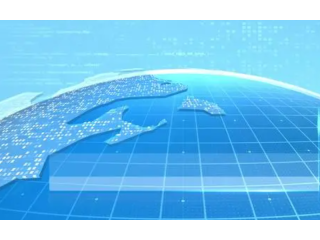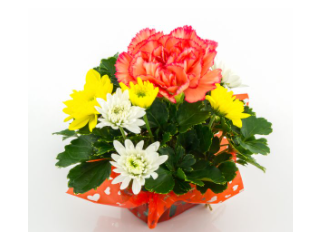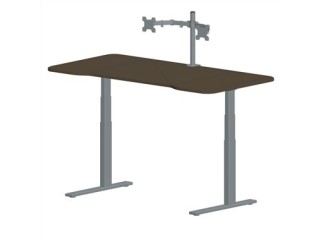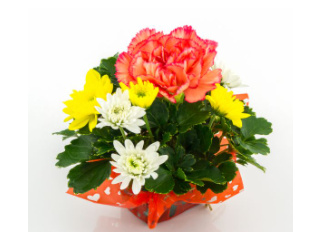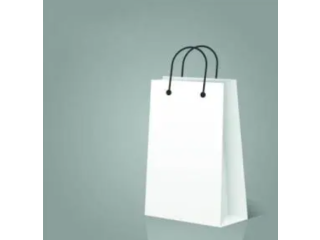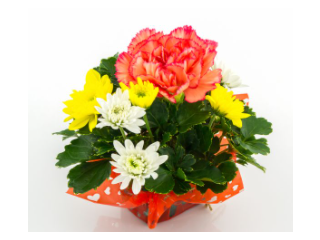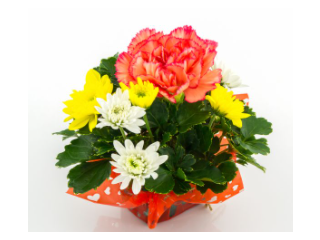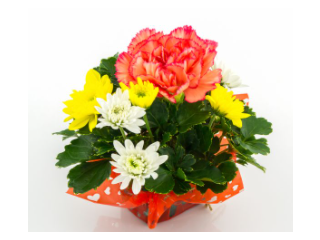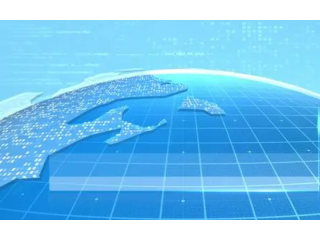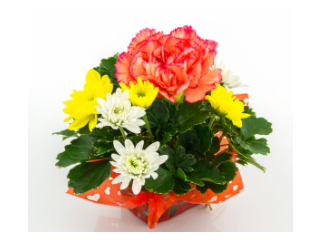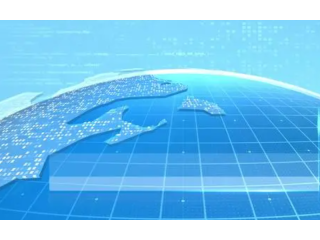An Overview of Options and their Application Aziendale
2 years ago Industriale Agrigento 317 Visto Reference: 64Location: Agrigento
Prezzo: Contattaci
An Overview of Options and their Application
The doctor blade appears to be a simple component of the flexographic printing process but, as often is the case, appearances can be deceiving. The casual user might wonder what is there to think about, a blade is only a piece of steel or plastic. To better understand the need for all of the doctor blade options, consider the role of the doctor blade.
Flexographic printing requires the Dr blade to provide a constant wipe throughout the pressrun, so that the ink volume carried by the anilox roll to the plate is determined only by the anilox volume. If the doctor blade is not working correctly, the ink volume carried to the plate will include the anilox roll volume, plus some amount of surface ink Any sur-face ink remaining on the anilox roll will be variable and lead to variation in the printed product. To achieve constant wipe, different materials and edge profiles are available so that you can better match a doctor blade to the application.
Years ago, there were only a few choices for doctor blade materials and profiles. Today, the offering of materials, edge profiles, and added coatings has become so extensive that the converter often needs help from a doctor blade supplier to determine the best blade for the application. This article will take some of the mystery out of choosing a doctor blade by providing an overview of the features of the various doctor blade materials and configurations along with generalized application guidance.
Long before doctor blades were used in flexographic printing, blades made from various types of steel had been used in other printing processes. Today, steel is still the material of choice for high quality and repeatable doctoring results in any printing process. There are bright and blue carbon steels, stainless steel, long life steel, coated steel, and ceramics. But which steel is right for you?
First of all, bright and blue carbon steels are identical materials that share the same metallurgical properties and features. The only difference between the two is the cosmetic blue oxide process that is applied to the steel. It has been rumored that blue steel was originally chosen for doctor blades, so that when a converter was making a blade by hand shaping a bevel, he could easily see the bevel he was making as the blue color was removed. Today, most converters are not making their own blades, so the advantage of blue steel doesn’t apply anymore.
Carbon steel blades are economical choices when used with short-run process jobs on non-porous substrates and inks that aren’t very abrasive. They can be used on all anilox screens along with solvent, water, and some UV inks. If corrosion is an issue, a stainless steel blade may be a better choice, but use caution when using stainless steel blades with ceramic anilox rolls as some stainless steel materials have been associated with plugged anilox cells through adhesive wear.
Long-life steel blades are excellent for use with abrasive inks, such as white inks or other inks with high percentages of titanium dioxide, or solids and/or rough anilox rolls. Long-life steels are typically made from tool steel alloys that offer good resistance to adhesive wear. Adhesive wear is a welding like effect that quickly causes blades to fail and is also a contributor to anilox roll scoring. Long-life blades are more expensive than carbon or stainless steel blades, but the benefits they provide easily justify their added costs when compared to press down time for blade changes during a run and scored anilox roll repair costs.


